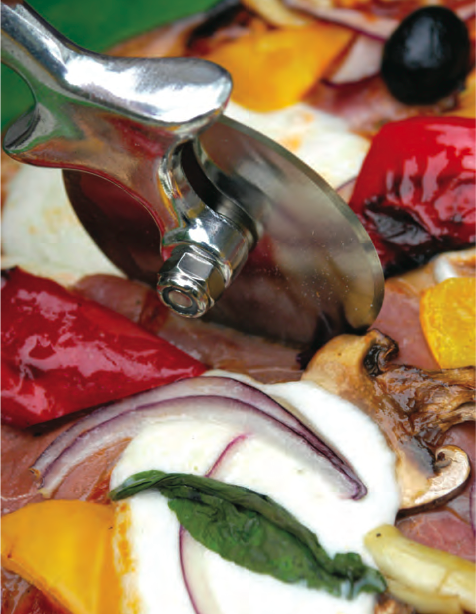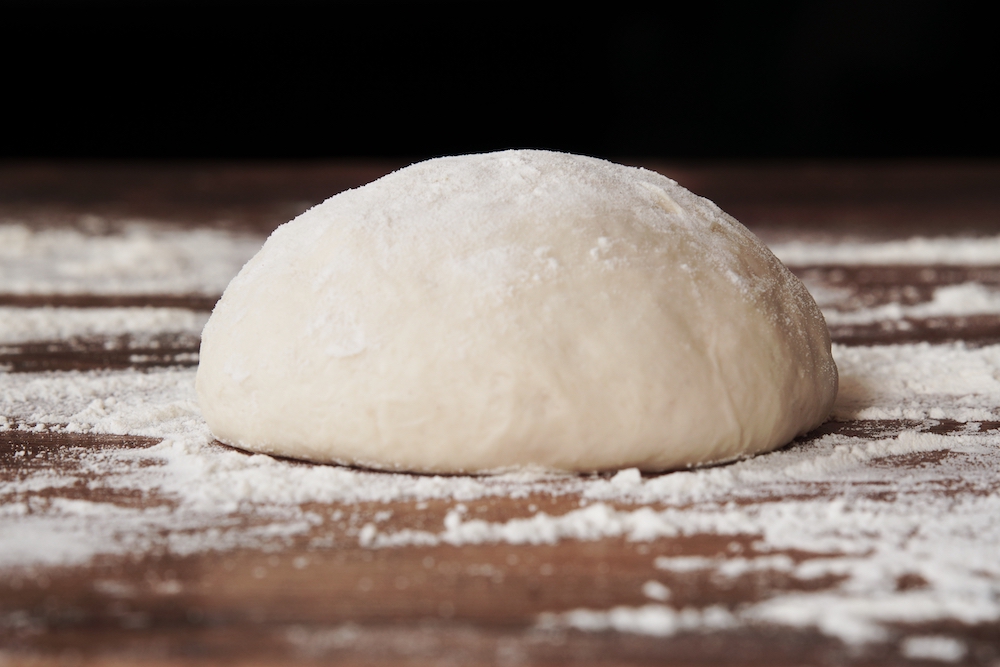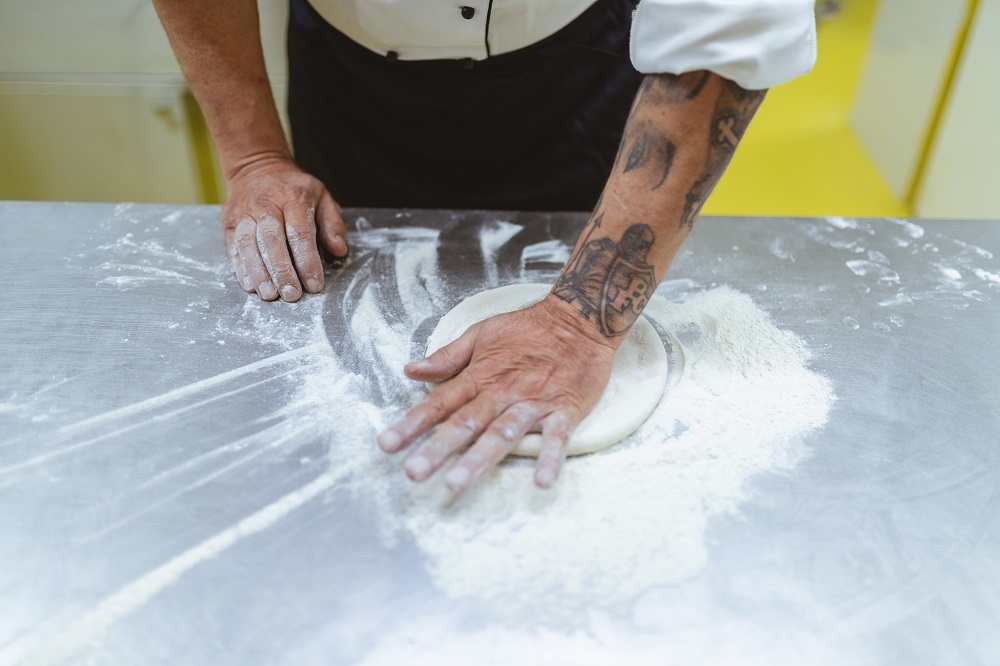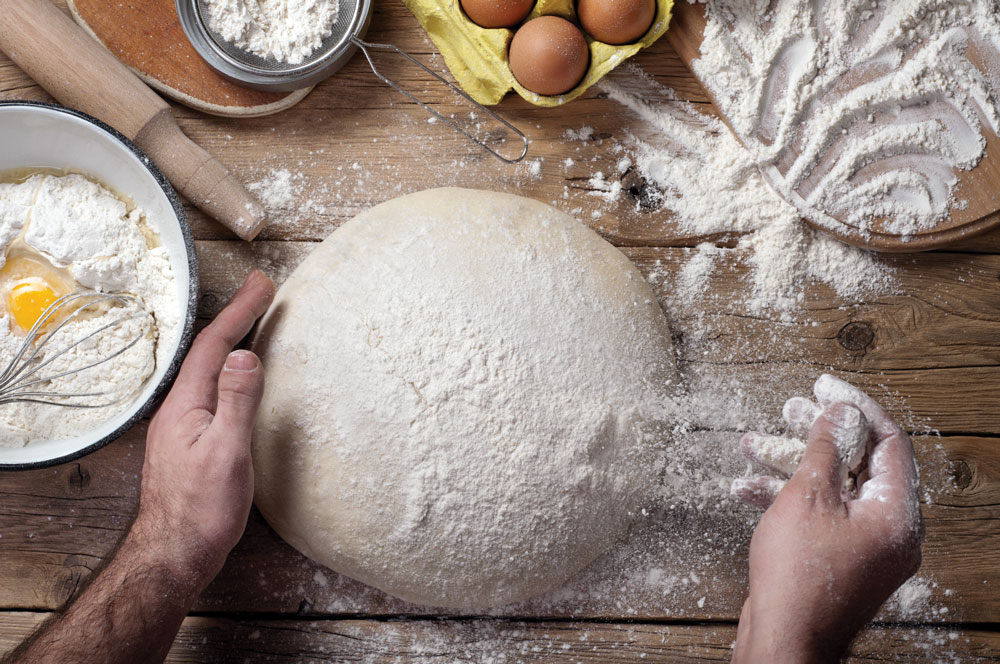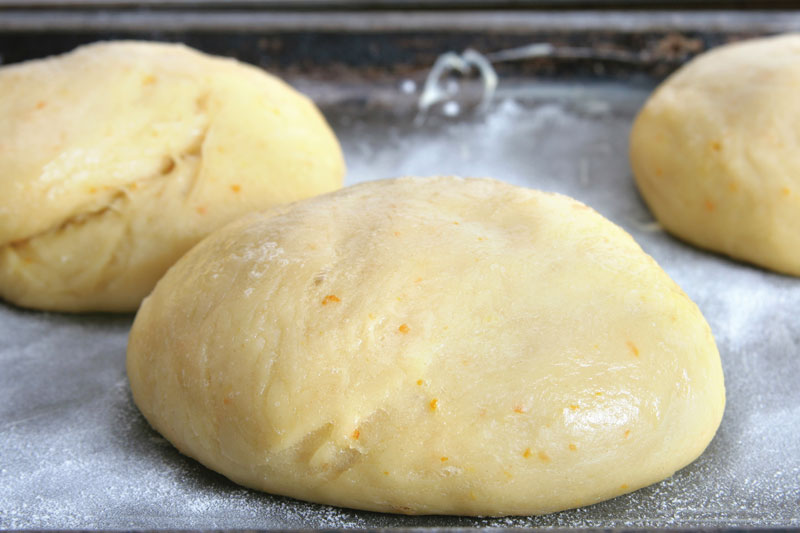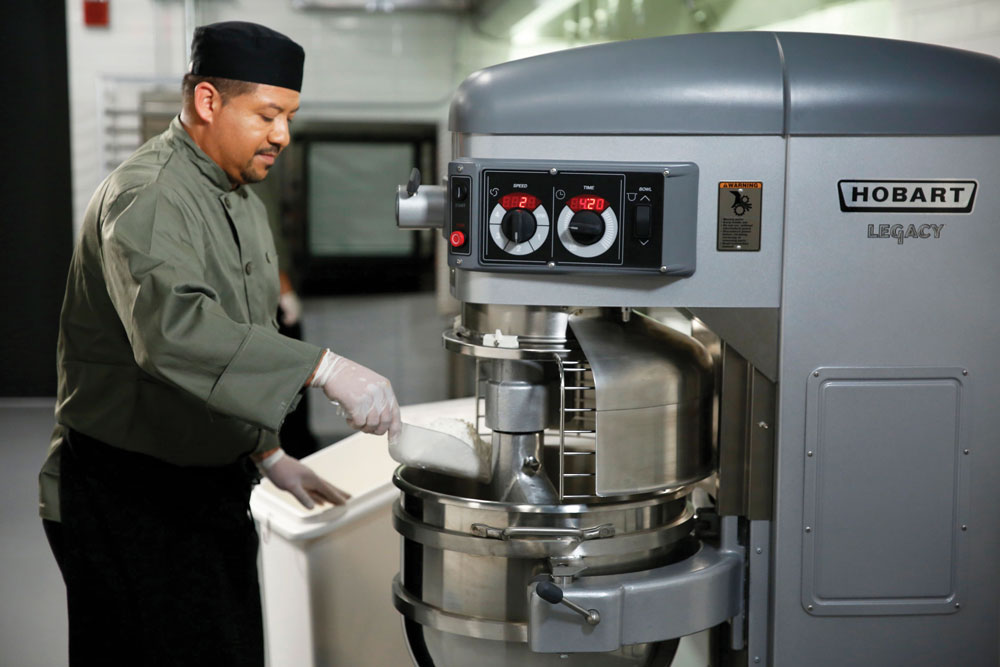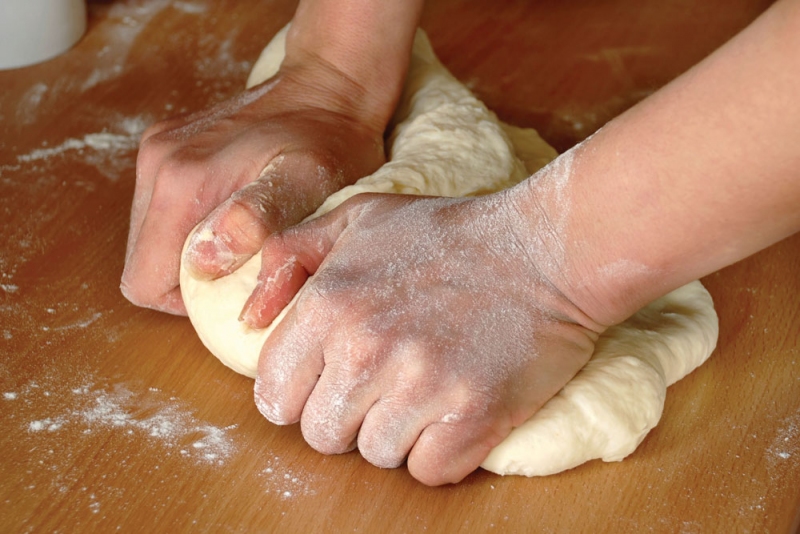Question:
Many of our customers want to see healthier pizzas on our menu. What do you suggest?
Answer:
More and more pizza lovers want healthier options these days, and many pizza restaurants have responded, changing their recipes for some pizzas to accommodate the growing demand. Some pizzerias even distinguish these healthier pies on the menu by placing, for example, an image of a red heart—to indicate that the pizza is “heart-healthy”—next to the appropriate items. If you haven’t done so already, now may be the time to add a healthy pizza or two to your menu. Here are a few easy ways to help you prepare a delicious but healthier pizza:
• Use at least 25% whole-wheat flour or a multigrain mix in your dough to replace an equal amount of white flour.
• Use olive oil or canola oil in the dough and in the sauce.
• Blend a manufactured, cholesterol-free cheese product with your regular cheese. With an equal mix of regular cheese and cholesterol-free cheese product, you will reduce the cholesterol content of your cheese by 50%.
• Create recipes that feature more vegetable toppings, including peppers, mushrooms and roma tomatoes. Less traditional veggies, such as artichoke hearts, zucchini and broccoli, can also help boost the overall healthiness of your pies and appeal to vegetarian customers.
• For those guests who don’t want to give up meat toppings on their pizzas, consider turkey pepperoni or even bison pepperoni (it’s great!). Both are lower in total fat and cholesterol content.
• Pay attention to the portions of toppings on your pizzas. Scale them back a little to help reduce the total calorie count.
Question:
We want to do something a little different with our pizza sauce. Do you have any ideas?
Answer:
Here at the American Institute of Baking, we have been thinking about this question for some time, and we have reached the conclusion that, for a sauce that’s a little different, less might be better. I don’t mean less sauce, but, rather, fewer added herbs and a chunkier tomato product to add texture and flavor. For example, try brushing your dough skin with garlic-infused olive oil or canola oil, and add slices of fresh tomatoes (especially if you can purchase them locally when they’re in season) or pieces of well-drained tomato filets. Add a little diced or sliced garlic, and then start building the pizza in your usual manner.
To boost the herb flavor, you may want to place several fresh basil leaves on the pie as soon as it comes out of the oven. This makes for a great presentation and invests the pizza with a wonderful flavor. Getting back to the basics sometimes makes for a better product.



